14 Best-Practice Tips for Early Childhood Circle Time
August 3, 2023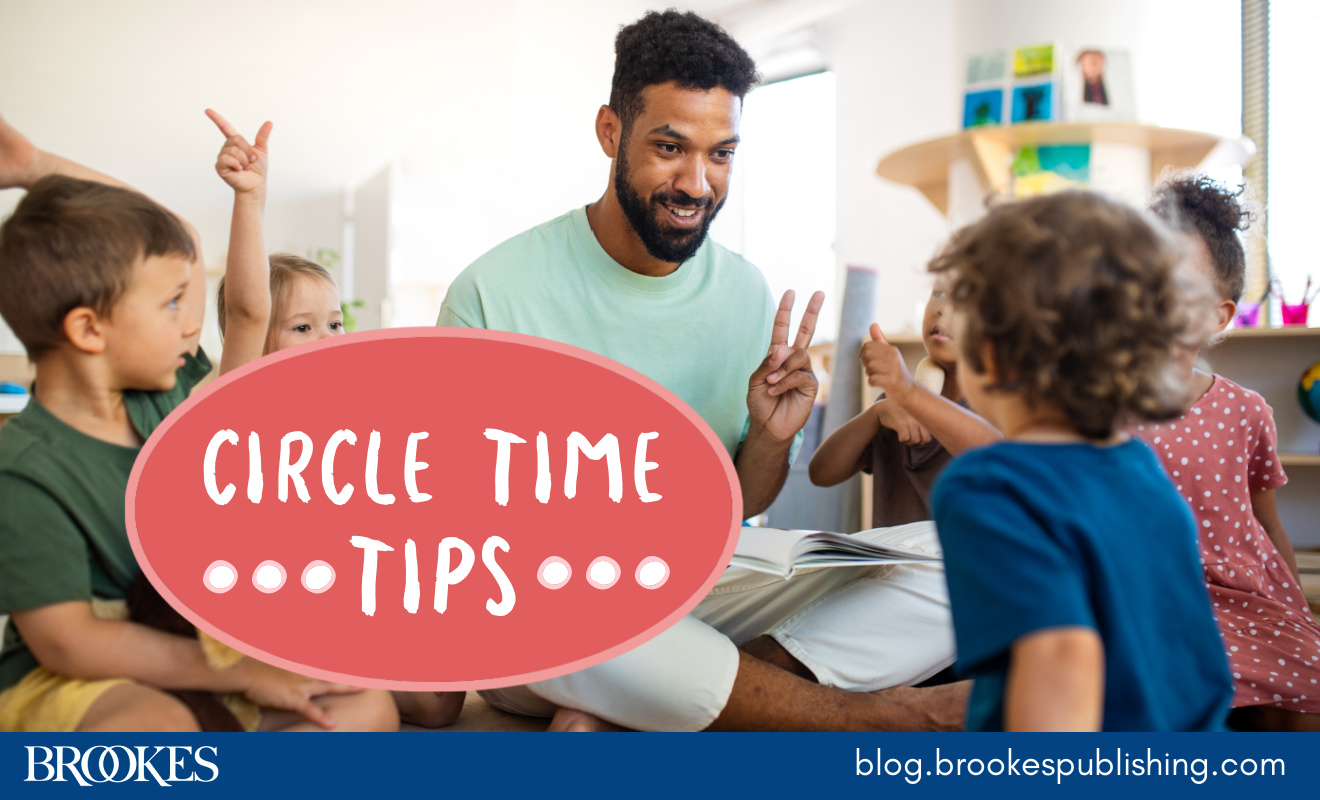
For young learners in an early childhood program, circle time should be a safe, welcoming place to practice skills they’ll need to succeed in kindergarten and beyond. In today’s post, we’re sharing some universal strategies for fun, well-organized circle times that enrich critical school readiness skills for young children.
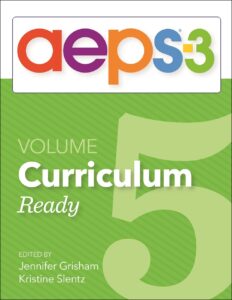 The tips in this post are adapted from Volume 5 of the tiered AEPS®-3 Curriculum—the “Ready” level, which encompasses more complex developmental and early academic skills. At the Ready level, adults should use circle time activities to teach early literacy and mathematics concepts and help children develop their social communication skills. Try these strategies with the young children in your program to help boost their school readiness:
The tips in this post are adapted from Volume 5 of the tiered AEPS®-3 Curriculum—the “Ready” level, which encompasses more complex developmental and early academic skills. At the Ready level, adults should use circle time activities to teach early literacy and mathematics concepts and help children develop their social communication skills. Try these strategies with the young children in your program to help boost their school readiness:
- Use a circle time rug that features shapes and colors, both to visually remind children where to sit and to give adults the opportunity to teach shapes and colors.
- Keep circle time to 15 minutes or less. If necessary, split it into one story-based circle time and a second large-group circle time that focuses on math skills, morning message, question of the day, or job charts.
- Remain Hold circle time in the same location and at the same time each day, and express clear expectations at the beginning of every circle.
- Create a picture schedule to show children what they will be doing that day. Have them plan which areas and activities they want to visit during free play.
- Include a variety of materials during circle time, such as songs, science materials, wooden rings, bean bags, and other items, depending on the discussion topic.
- Use songs as teaching tools: have children work on rhyming skills, counting, and letter names and sounds. (Read this post to learn about the many benefits of singing and using sign language with young children.)
- Read a variety of books: sensory (touch and feel) books, picture books, number books, and books that incorporate concepts such as shapes, sizes, colors, and quantity words. (If your program doesn’t have a lot of money for books, read this post for guidance on building a classroom library on a budget.)
- During storytime, do more than read. Teach children the book’s title, author, and illustrator. Have them practice new vocabulary and letter names and sounds. (Here are 14 more tips for making the most of storytime with young children.)
- Ask open-ended questions and give immediate, specific feedback in a positive tone of voice.
- Give children opportunities to ask their own questions and make connections between events in books and real life. This will help children develop and expand their social-communication skills.
- Have children pair up with a peer to practice literacy and math skills (after reading about a character who was lost and scared, ask children to tell a peer about a time they felt scared).
- Support math skills during circle time by using math-based books, a question of the day tally and comparison, or white board for writing numerals. (The book Cowboys Count, Monkeys Measure, and Princesses Problem Solve is an excellent guide to enhancing young children’s mathematical thinking by weaving math concepts into storytime.)
- Read, sing, and dance with enthusiasm, paying attention to the needs of the group (if children seem to need to move, do the movement part of circle time first, or even do two movement activities).
- Use positive reinforcement, praise, and peer models to guide children’s behaviors. (Here are 5 universal practices you can use to help avoid or resolve challenging behavior in young learners.)
Try the tips and strategies in this post to make the most of each circle time and help young children develop the skills most important for success in school. What’s your favorite circle time activity? Tell us what works for you in the comments below!


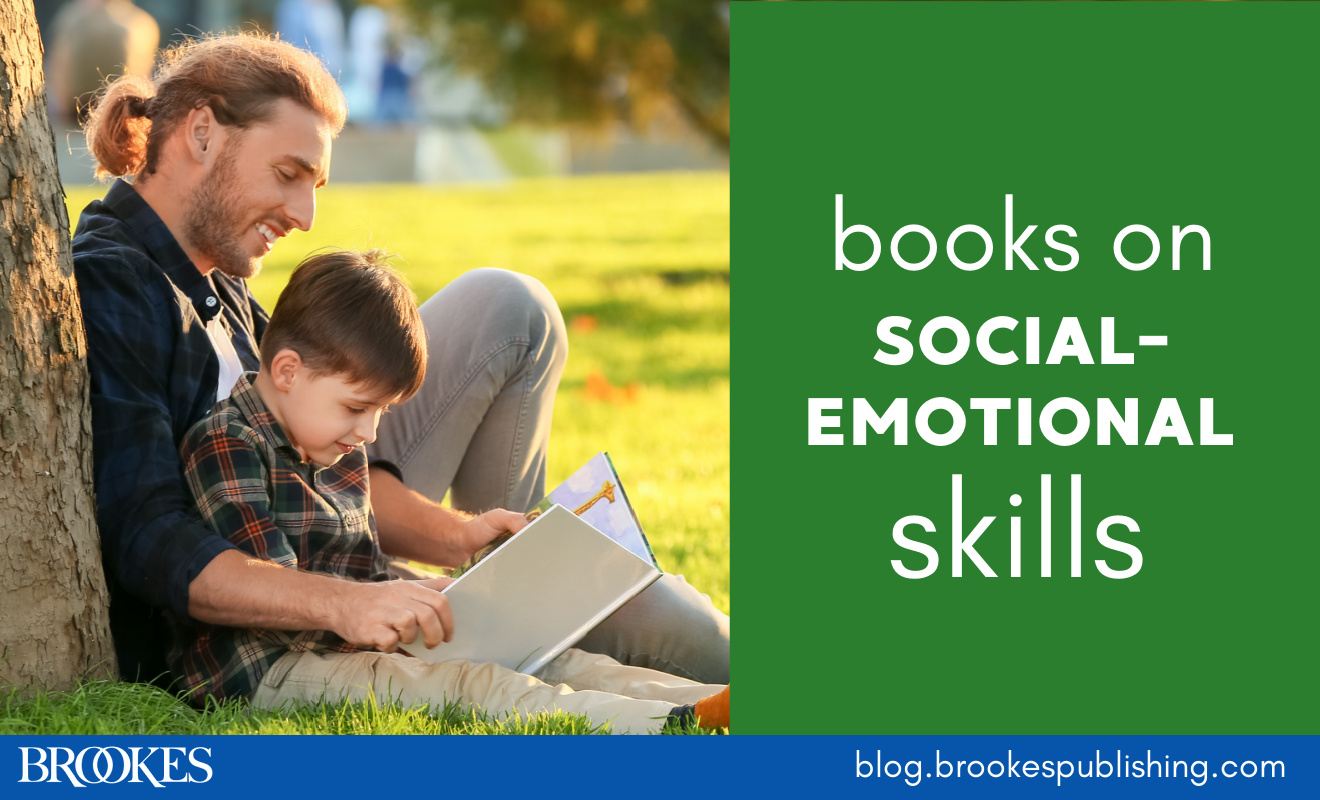
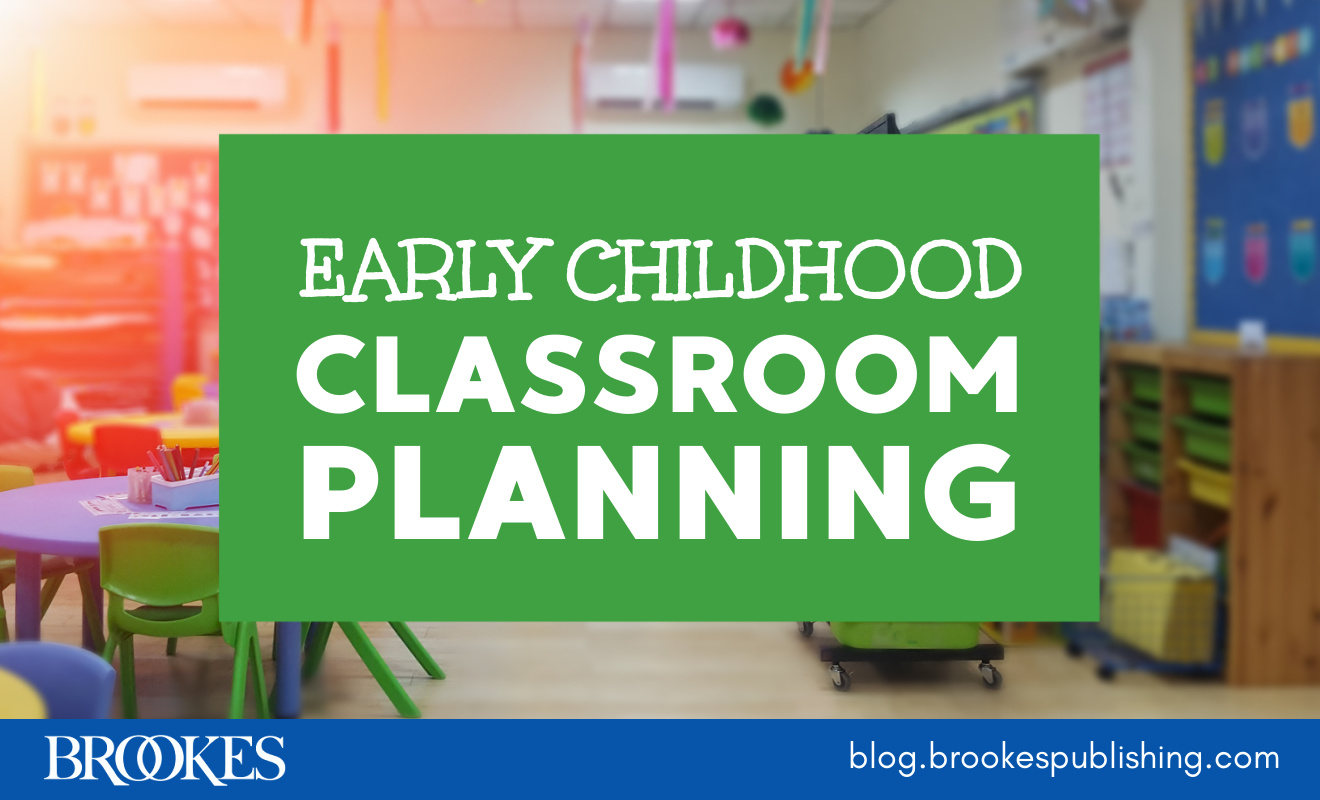
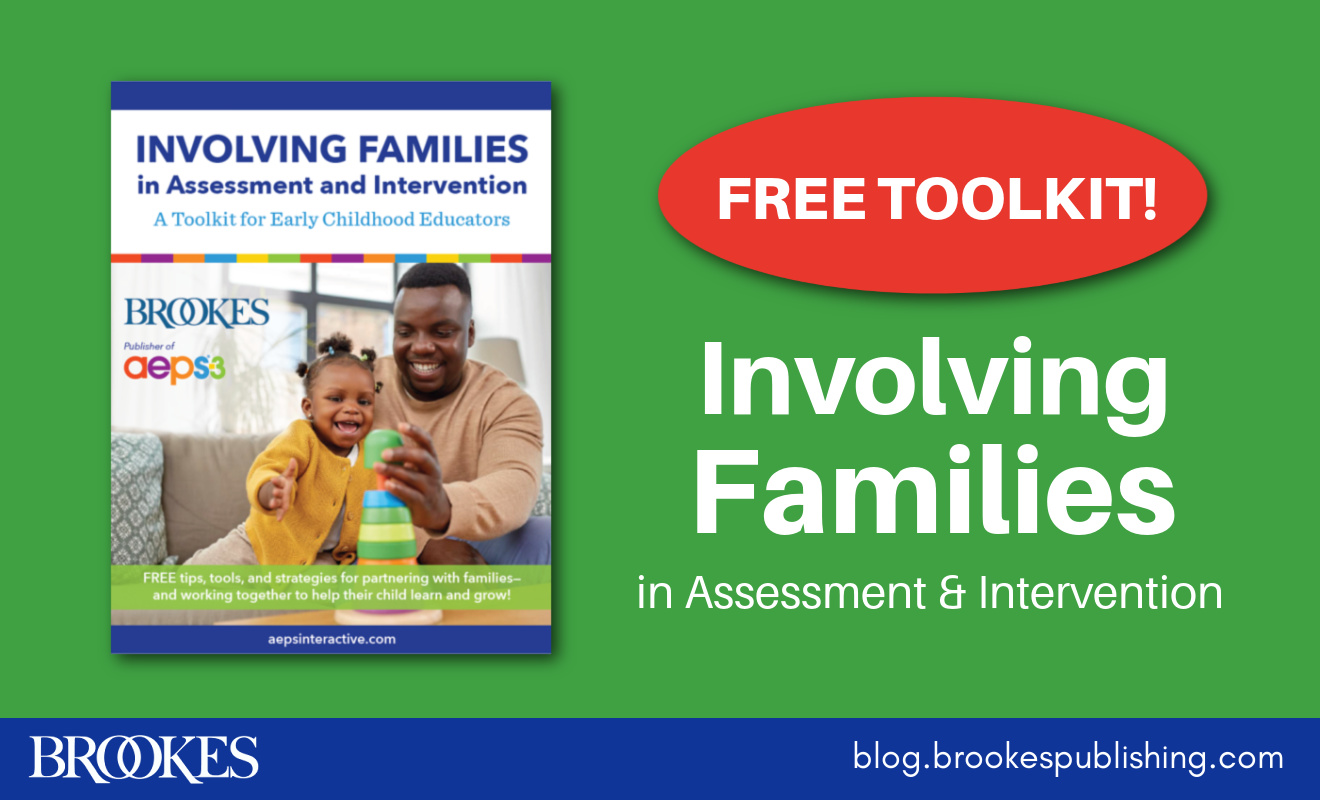
Write a Comment
Your email address will not be published. Required fields are marked *
Post a Comment